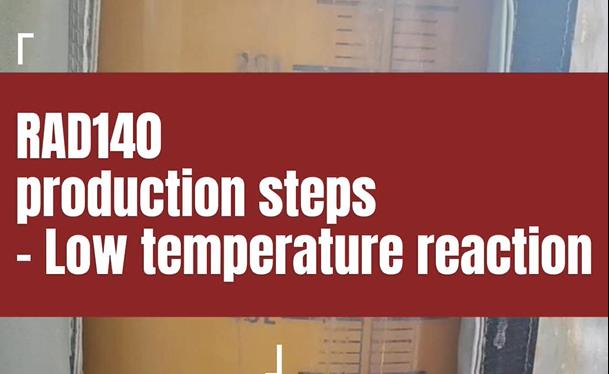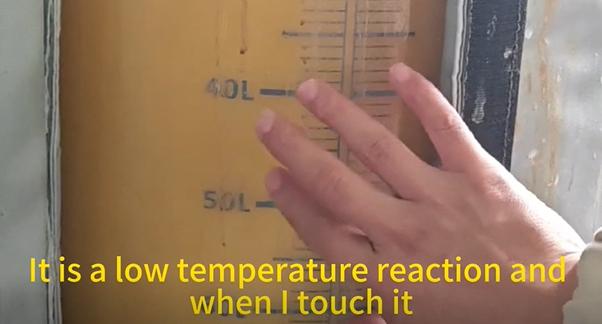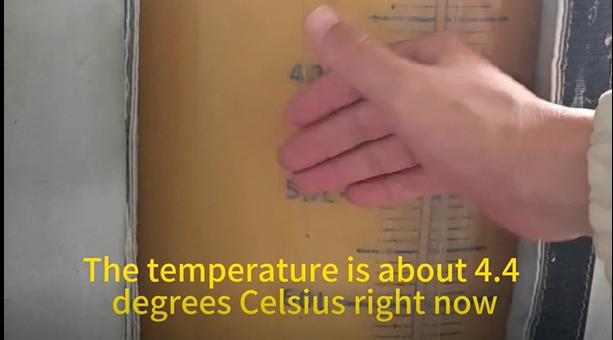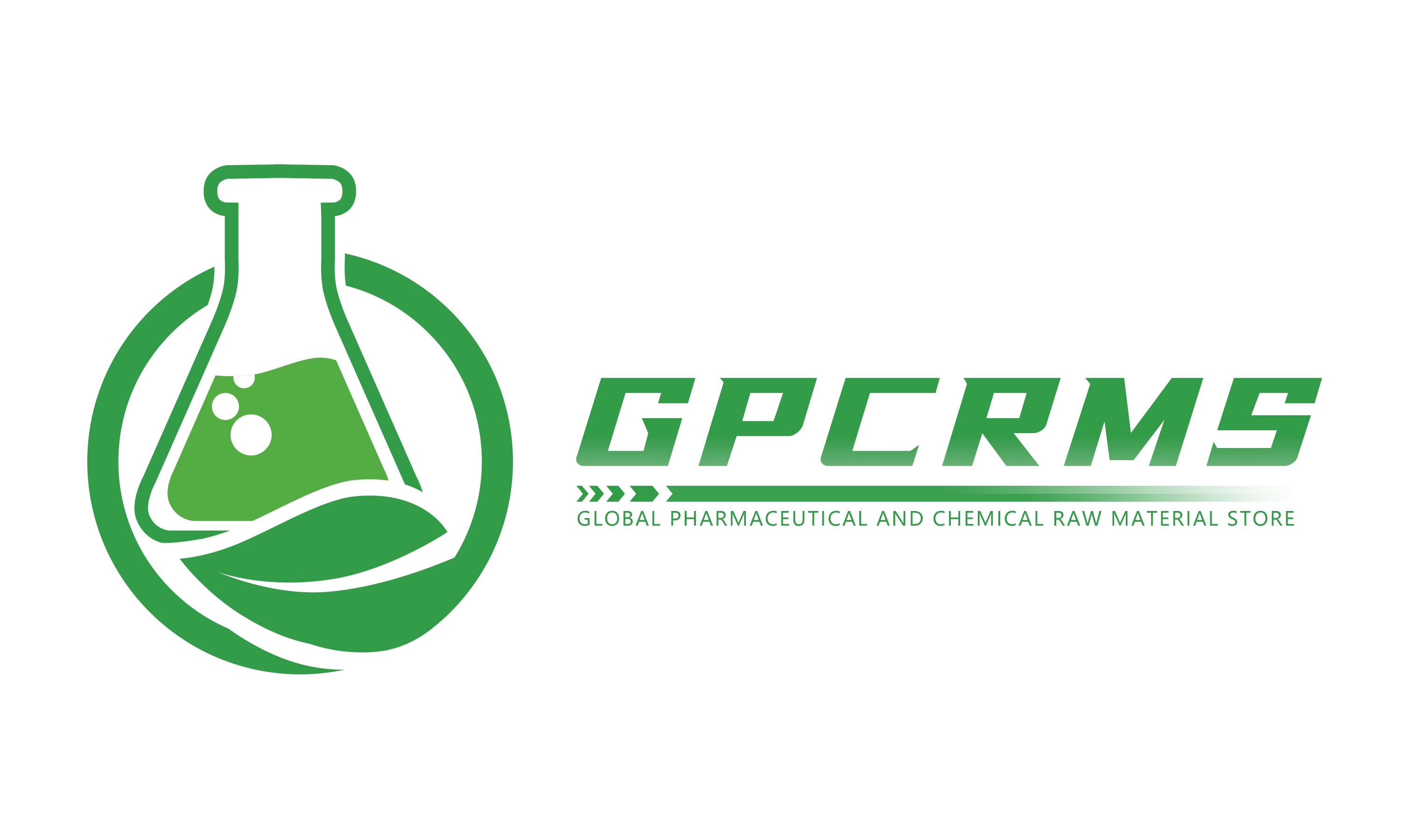Low-Temperature Reaction in RAD140 Production: A Key Step to Ensure Final Product Quality
In the production of RAD140, the low-temperature reaction typically occurs after the recrystallization step. The purpose of recrystallization is to remove impurities from the RAD140 intermediate by adjusting the solvent and temperature, resulting in a purer raw material. Building on this foundation, the low-temperature reaction becomes a critical next step in the production process. At this stage, the temperature is maintained within a relatively low range to ensure the reaction proceeds smoothly and to further enhance the product’s purity.

Currently, the temperature is maintained at approximately 4.4°C, marking the low-temperature reaction phase. Although this may seem simple, this temperature range is crucial for controlling the chemical reaction. The main goal of the low-temperature reaction is to minimize side reactions by controlling the temperature, ensuring that the target compound in the intermediate completes the reaction with the highest possible purity. Under low-temperature conditions, many chemical reactions proceed more slowly, which helps to reduce unwanted side reactions or degradation, thereby ensuring the stability and quality of the final product.

Impact of the Low-Temperature Reaction on RAD140 Purity
In the production of RAD140, the low-temperature reaction has a direct impact on the final product's purity. Purity control at each stage is essential to the overall quality of the final product, and the low-temperature reaction is a critical step in ensuring that RAD140 meets the required purity standards. By conducting this reaction under low temperatures, impurities in the intermediate can be effectively removed, providing higher-quality material for subsequent purification and drying steps.
Moreover, the low-temperature reaction helps prevent the degradation of heat-sensitive components, preserving the structural integrity of RAD140. This is essential for improving the product’s bioactivity and stability. For molecules like RAD140, which possess specific biological activity, maintaining structural stability under low-temperature conditions is of utmost importance.

Post-Reaction Handling and Subsequent Steps
Once the low-temperature reaction is complete, the next steps include purification, drying, and final product processing. These subsequent stages rely on the successful execution of the low-temperature reaction to ensure the intermediate meets the required production standards. After the low-temperature reaction, the resulting RAD140 intermediate enters the next phase of processing to ensure the final product achieves the desired purity and performance.
https://youtube.com/shorts/Jb6YNgrbauA
